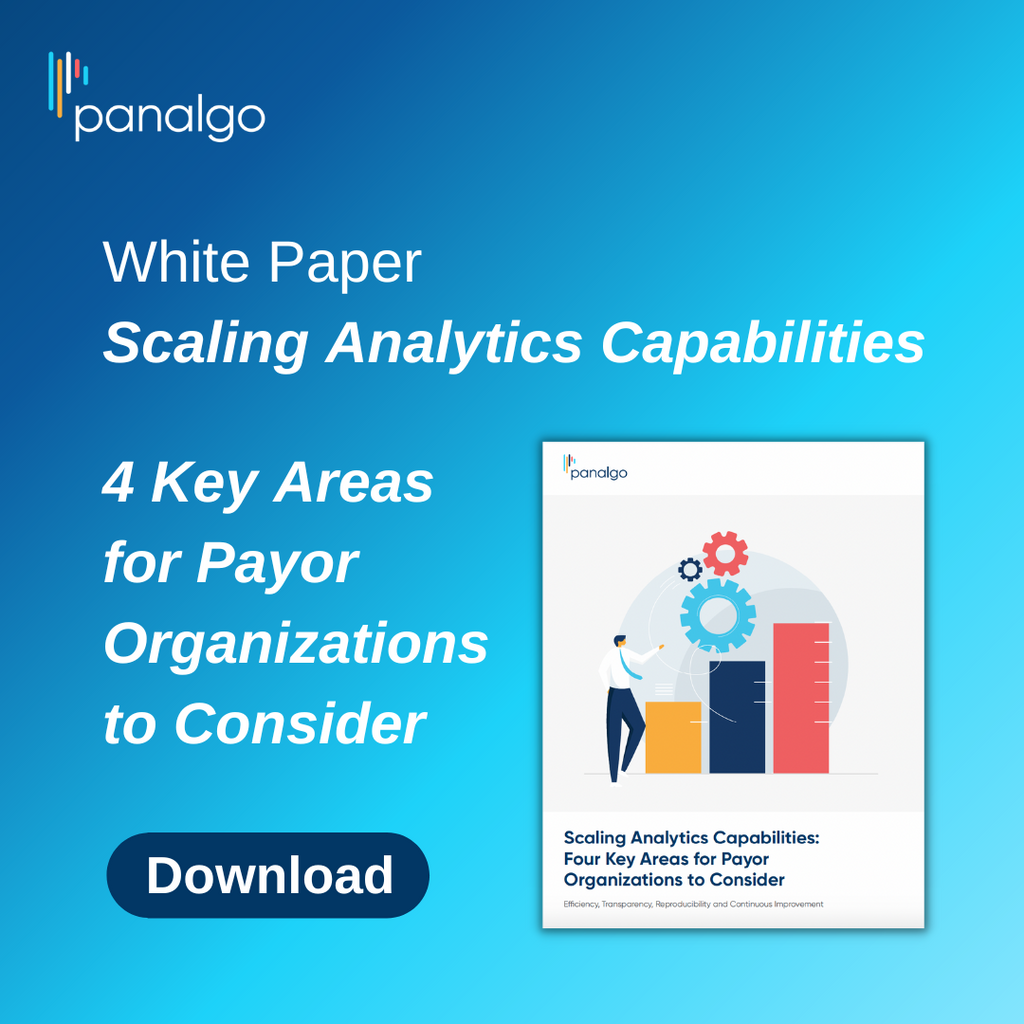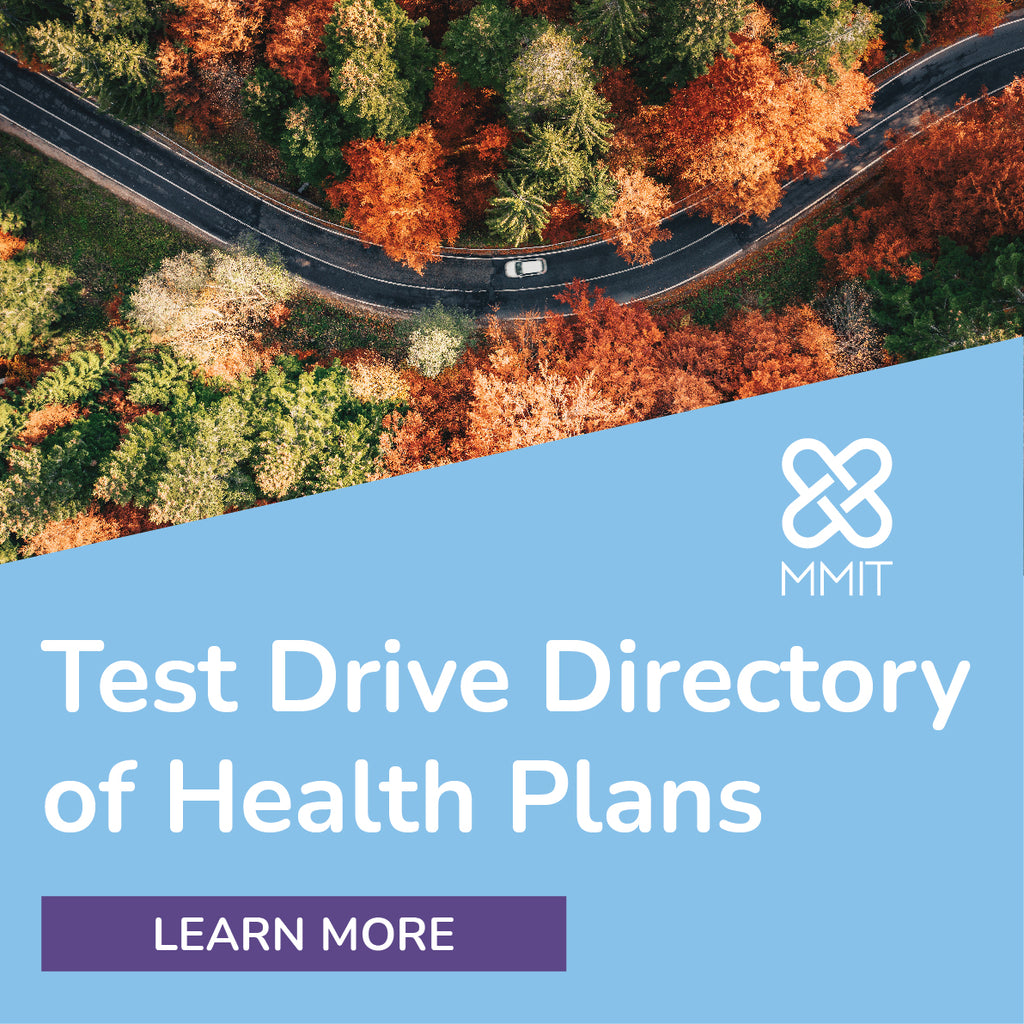Radar on Drug Benefits
-
Blue Shield of California Rolls Out New PBM Model as Other Plans Mull Similar Option
Blue Shield of California on Jan. 1 rolled out a pharmacy benefits model that uses five vendors to handle various duties, representing a major shift from using CVS Caremark as the insurer’s sole PBM. Pharmacy benefit experts tell AIS Health that other health plans are considering a similar unbundled approach, although they say the switch from one PBM to multiple vendors can be time-consuming and complex.
Blue Shield announced the transition in August 2023 for its commercial and Medicare lines of business. The company is contracting with four new vendors: Amazon.com Inc.’s online pharmacy manages online and mail-order fills; Mark Cuban Cost Plus Drug Co. manages retail pharmacy pricing and payment; Abarca Health LLC handles claims management and rebate processing; and Prime Therapeutics LLC negotiates with manufacturers. Meanwhile, Caremark continues to administer specialty medications under the medical benefit.

-
Independence Blue Cross, Excellus Hit Brakes on Some Accelerated Approval Drugs
In a move that has raised the hackles of some stakeholders, Independence Blue Cross (IBX) on Jan. 1 implemented a policy stating that the Philadelphia-based health insurer will not cover nine drugs until 18 months after they received accelerated approval. And IBX does not appear to be the only Blue Cross Blue Shield carrier with such a policy.
IBX, for its part, argues that it is trying to ensure patients are getting only safe and effective treatments — which do not include drugs with minimal data verifying their value.

-
Studies Highlight Concerns About Accelerated Approval Pathway
The FDA’s accelerated approval pathway has become an increasingly popular way for drugmakers to get novel medications to market. However, the strength of clinical evidence from studies supporting these accelerated approvals is not always high. Through the accelerated approval pathway, the FDA allows new drugs to come to market that treat serious conditions, based on pivotal trials that use surrogate endpoints or intermediate clinical endpoints that are “reasonably likely” to predict the clinical benefit. Between 2015 and 2022, 159 drug-indication pairs received accelerated approval. Three pairs were excluded due to absence of the product label or FDA review documents in the Drugs@FDA database. Among the remaining 156 approved drug-indication pairs, 77% were supported with evidence from single-arm pre-approval pivotal studies — trials that had no comparators — and 22% from Phase I trials, according to a recent study published by the BMC Medicine journal. The median number of participants in those trials was 92.
-
CVS CostVantage Milestone Prompts a ‘Healthy Dose’ of Skepticism
CVS Health Corp. said on Jan. 6 that all commercial prescriptions dispensed through CVS Pharmacy are now contracted through the company’s CostVantage reimbursement model. The company aims to increase transparency for patients and PBMs alike with the new model, but some industry experts are greeting the announcement with a dose of skepticism.
CVS said in addition to routing all commercial prescriptions through CostVantage, it is working with CMS to eventually include Medicare and Medicaid prescriptions. Reimbursement through CostVantage is based on the underlying cost of a drug plus a “defined markup” and a dispensing fee “tied to the care and value we provide.”

-
News Briefs: Aetna Alleges ‘Far-Reaching Conspiracy’ in Price-Fixing Lawsuit
CVS Health Corp.-owned Aetna filed a lawsuit on Dec. 30 against several pharmaceutical manufacturers, alleging they engaged in price-fixing. The insurer is seeking damages it incurred “from egregious overcharges it paid for certain widely used generic drugs, arising from a far-reaching conspiracy among Defendants and others to blatantly fix the price of such drugs,” according to the lawsuit, which was filed in Superior Court in Hartford, Connecticut. Aetna wrote that the “conspiracy…infected the entire generic marketplace” and “was designed to evade detection.” The alleged scheme, according to the lawsuit, involved the companies working together to dissuade competition and assign certain manufacturers to specific markets.
Amgen Inc. has chosen Optum’s new biosimilars-focused private-label subsidiary, Nuvaila, to be the sole distributor of Wezlana (ustekinumab-auub), the first Stelara biosimilar, AIS Health’s Radar on Specialty Pharmacy reports. The new interchangeable biosimilar launched on Jan. 1. It is approved for all of Stelara’s indications and is available in subcutaneous and intravenous formulations. At least seven more Stelara biosimilars are expected to launch after Wezlana. Stelara is approved for treating patient who are at least 6 years old with moderate-to-severe plaque psoriasis and who are candidates for phototherapy or systemic therapy; patients who are at least 6 years old with active psoriatic arthritis; adults with moderately to severely active Crohn’s disease; and adults with moderately to severely active ulcerative colitis.












